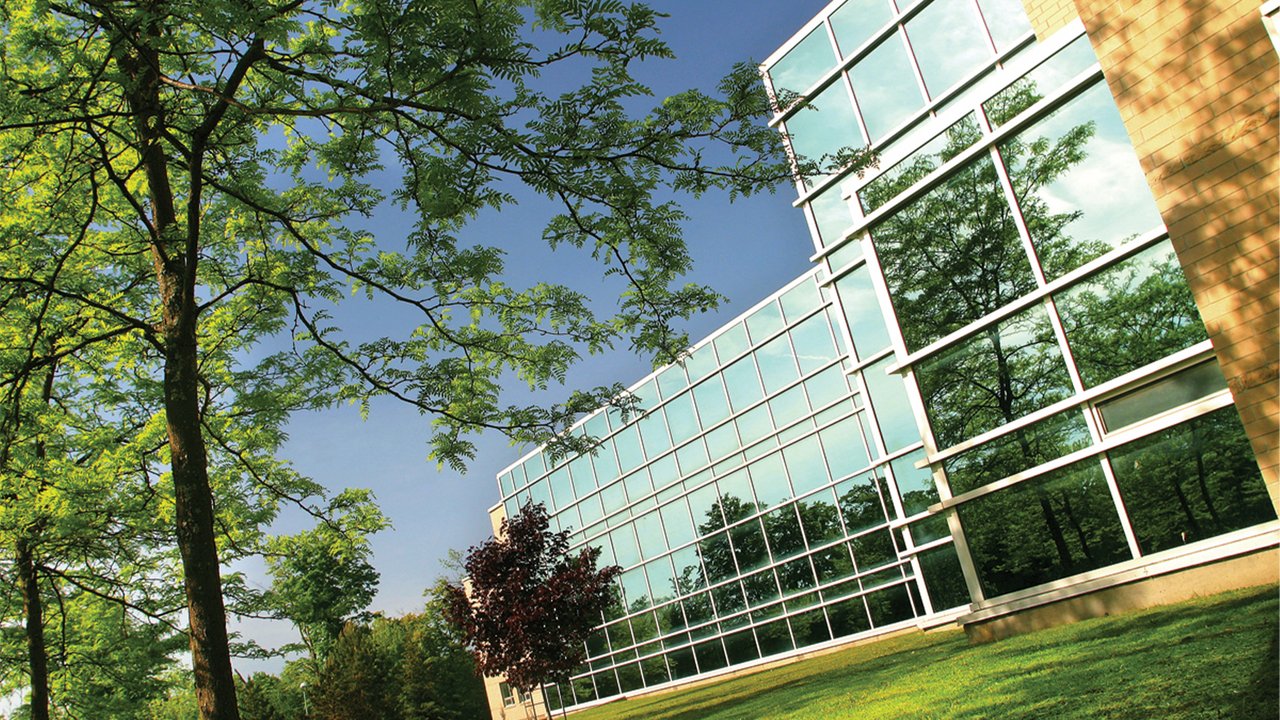



Prior to colonization, many Indigenous communities approach to gender and sexuality was fairly fluid and non-binaristic. For instance, many nations were matrilineal in nature, meaning that the property was passed down along the maternal line, and that the women were the main decision makers, often choosing tribal council and governing how inter-nation wars were fought. The introduction of European culture, and particularly of Christianity and patriarchy, caused huge upheaval amongst the Indigenous communities in North America. Gender roles became fraught for many nations as the men in the community were simultaneously being told that they should be in power by dint of being male, but also that they were inferior due to their race. Further, while two-spirited people (a term currently used by Indigenous communities to refer to non-heteronormative or gender normative peoples) had previously been accepted within these communities, by the 19th century the influence of Christianity and ever shifting power dynamics meant two-spirited peoples were largely silenced. Another major fallout from colonization has been the high rate of violence against Indigenous women. The number of murdered and missing Indigenous women and girls within Canada is at epidemic levels (the RCMP estimates 1017 between 1980 and 2012) and has prompted much media attention and now an inquiry to deal with the systemic problems leading to these strikingly disproportionate numbers.
Despite all the disruptions that the beliefs of Christian, European colonizers caused to what was an equitable and smoothly running understanding of gender and sexuality, in recent decades, many of these Indigenous nations are returning to their traditional understandings of these concepts.
Here we have listed a number of resources on gender and sexuality within Indigenous communities past and present: